Everything Your Need To Know About Exterior Home Painting
Exterior home painting is not only about enhancing the curb appeal of your house but also about protecting it from the elements. In this comprehensive guide, we'll cover everything you need to know to tackle your exterior painting project with confidence, from choosing the right paint to maintaining your painted surfaces.
Choosing the Right Paint
Selecting the appropriate type of paint for your exterior painting project is crucial for achieving long-lasting results. Here are the different types of exterior paint available, along with specific examples and guidance on when to choose each one:
Latex Paint:
- Overview: Latex, or water-based, paint is a popular choice for exterior painting due to its ease of use, quick drying time, and low odor.
- When to Choose: Latex paint is ideal for most exterior surfaces, including wood, stucco, and masonry. It provides excellent adhesion and flexibility, making it resistant to cracking and peeling. Additionally, latex paint is more environmentally friendly than oil-based alternatives.
- Specific Examples:
- Behr Premium Plus Ultra Exterior Paint (Latex)
- Sherwin-Williams Duration Home Exterior Acrylic Latex Paint
Oil-Based Paint:
- Overview: Oil-based paint, also known as alkyd paint, offers superior durability and resistance to harsh weather conditions.
- When to Choose: Oil-based paint is recommended for exterior surfaces that experience high levels of wear and tear, such as trim, doors, and shutters. It provides a hard, protective finish that is less prone to chipping and peeling than latex paint. However, oil-based paint takes longer to dry and has a strong odor, so proper ventilation is essential during application.
- Specific Examples:
- Benjamin Moore Aura Exterior Paint (Oil-Based)
- PPG Timeless Exterior Oil-Based Paint
Acrylic Paint:
- Overview: Acrylic paint combines the benefits of both latex and oil-based paints, offering durability, flexibility, and ease of application.
- When to Choose: Acrylic paint is suitable for a wide range of exterior surfaces, including wood, metal, and vinyl siding. It provides excellent adhesion and color retention, making it resistant to fading and weathering. Acrylic paint is also available in a variety of finishes, from flat to high gloss, to suit different aesthetic preferences.
- Specific Examples:
- Valspar Duramax Acrylic Latex Paint
- Glidden Premium Exterior Acrylic Paint
Specialty Paints:
- Overview: Specialty paints are designed for specific exterior surfaces or conditions, such as concrete, masonry, or areas prone to mildew growth.
- When to Choose: Specialty paints should be chosen based on the unique requirements of your exterior surfaces. For example, if you have a concrete driveway or patio, you may want to use a concrete paint that offers superior durability and resistance to staining. Likewise, if you live in a humid climate, you may opt for a paint with built-in mildew resistance.
- Specific Examples:
- Rust-Oleum EPOXYSHIELD Concrete Floor Paint
- Kilz Exterior Siding, Fence, and Barn Paint
By understanding the specific characteristics and applications of each type of paint, you can confidently choose the right product for your exterior painting project. Whether you prioritize durability, ease of application, or environmental considerations, there's a paint option available to meet your needs and achieve stunning results for your home's exterior.

Preparing Your Home for Painting
Proper preparation is key to ensuring a successful and long-lasting exterior painting project. While cleaning and repairing surfaces are essential steps, there are several other aspects that property owners often overlook, leading to premature paint failure and decreased durability. Here are some often overlooked preparations and tips to ensure a high-quality paint job:
- Inspect and Repair Siding and Trim: Before painting, thoroughly inspect the exterior siding, trim, and other surfaces for signs of damage, such as cracks, rot, or decay. Addressing these issues before painting will help prevent further deterioration and ensure a smooth, even finish. Use wood filler or epoxy putty to fill in cracks and replace any rotted or damaged wood.
- Address Water Intrusion: Water intrusion can cause significant damage to exterior surfaces and compromise the integrity of a paint job. Check for signs of water damage, such as peeling paint, mildew growth, or dampness around windows, doors, and other openings. Properly seal and caulk any gaps or cracks to prevent water infiltration and protect the underlying structure.
- Clean Gutters and Downspouts: Clogged gutters and downspouts can lead to water overflow and damage to exterior walls. Before painting, thoroughly clean gutters and downspouts to ensure proper drainage away from the house. This will help prevent water from pooling near the foundation and causing moisture-related issues that can affect the paint's adhesion and durability.
- Remove Mold and Mildew: Mold and mildew growth on exterior surfaces not only detracts from the appearance of your home but can also compromise the integrity of the paint job. Use a solution of bleach and water or a commercial mold and mildew remover to thoroughly clean affected areas before painting. Allow the surface to dry completely before applying paint to prevent mold and mildew from returning.
- Inspect and Repair Caulking: Proper caulking is essential for sealing gaps and joints around windows, doors, and trim to prevent water infiltration and air leakage. Inspect existing caulking for signs of wear or damage and replace it as needed before painting. Use a high-quality exterior caulking compound that is compatible with the paint and substrate for optimal results.
- Consider Primer Application: While not always necessary, applying a primer can improve paint adhesion, durability, and color retention, especially on porous or previously unpainted surfaces. Consider using a high-quality exterior primer before painting to ensure a long-lasting finish and enhance the overall performance of the paint.
By addressing these sometimes overlooked aspects of exterior preparation, property owners can maximize the longevity and durability of their paint job and enjoy a beautiful, well-protected home for years to come. Taking the time to properly prepare surfaces and address any underlying issues before painting will help ensure a smooth and successful exterior painting project.

Maintaining Your Painted Exterior
Proper maintenance is essential for preserving the beauty and durability of your painted exterior surfaces. By implementing regular upkeep and addressing minor issues promptly, you can extend the lifespan of your paint job and protect your home from the elements. Here are some specific maintenance tips and explanations on why they will help prolong the longevity of your new paint:
- Regular Inspection: Perform routine inspections of your painted exterior surfaces to identify any signs of damage or wear. By catching problems early, such as peeling paint, cracks, or areas of discoloration, you can address them before they escalate into more significant issues that require extensive repairs or repainting.
- Cleaning: Regularly clean your painted exterior surfaces to remove dirt, dust, pollen, and other debris that can accumulate over time. Cleaning not only enhances the appearance of your home but also prevents the buildup of contaminants that can contribute to paint deterioration and premature aging.
- Touch-Up Paint: Keep a supply of matching paint on hand for touch-up purposes. Minor scratches, chips, or areas of paint loss can occur over time due to normal wear and tear or exposure to the elements. Promptly touch up these areas as soon as they are noticed to prevent further deterioration and maintain the integrity of the paint finish.
- Trim Trees and Vegetation: Trim back trees, shrubs, and vegetation that may come into contact with your painted exterior surfaces. Overhanging branches and dense foliage can create moisture traps, promote mold and mildew growth, and cause mechanical damage to the paint. By keeping vegetation trimmed away from your home, you can minimize potential damage and extend the lifespan of your paint job.
Implementing these maintenance tips will help protect your painted exterior surfaces from damage, deterioration, and premature aging. By performing regular inspections, cleaning, touch-ups, and preventative maintenance, you can extend the longevity of your paint job and enjoy a beautiful, well-protected home for years to come.
Exterior home painting can be a significant undertaking, but with the right knowledge and preparation, you can achieve stunning results that enhance the beauty and value of your home. Armed with the information provided in this guide, you'll be ready to tackle your exterior painting project with confidence. If you have any questions or need assistance along the way, don't hesitate to reach out to professional painters like Premium Painters of Kelowna for advice or to handle the job for you.
You might also like



Quick & Reliable
We are available phone or email, so reach out today!
Location
Call
By RenovateROI - Digital Marketing For Remodeling Contractors

